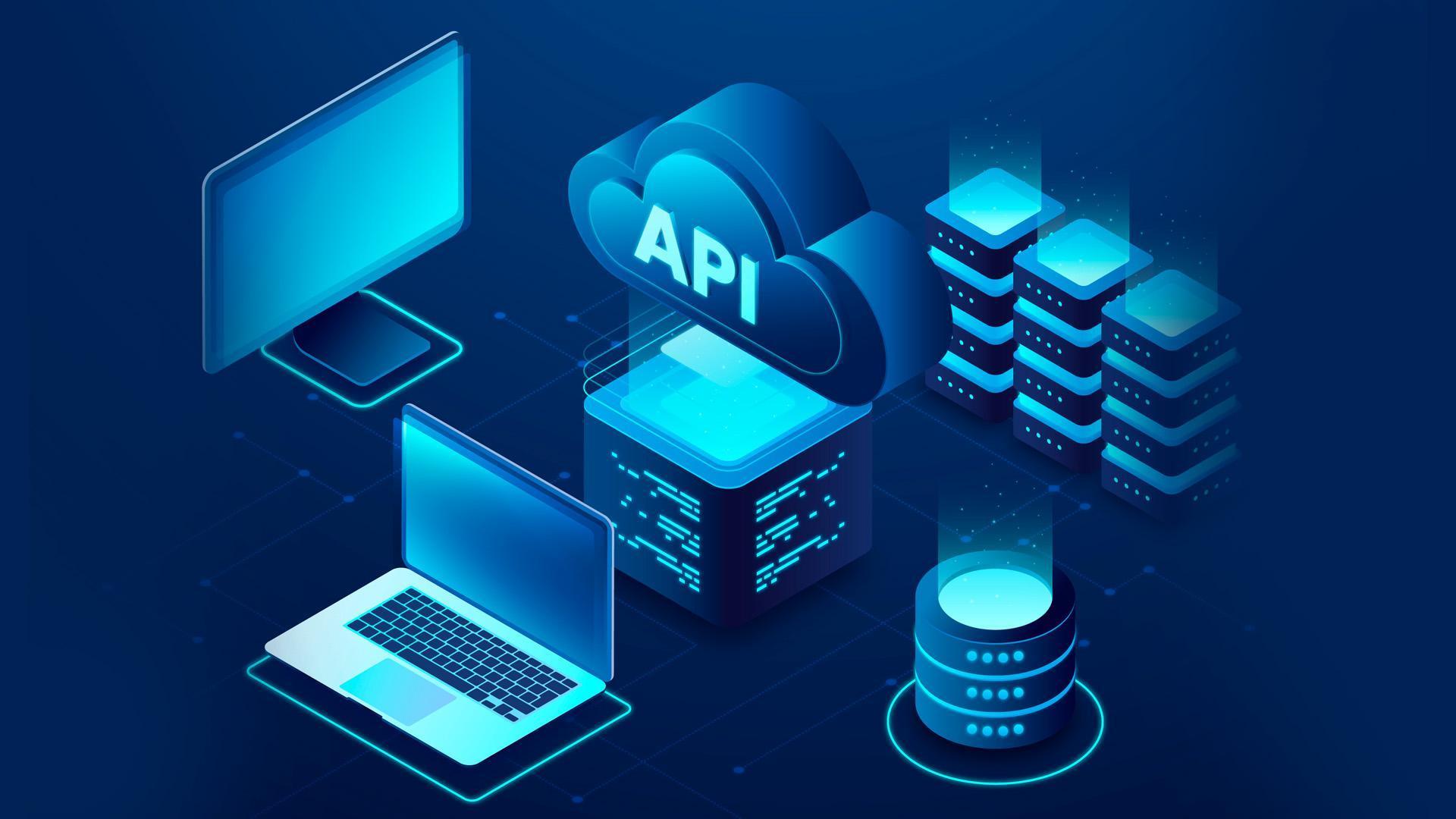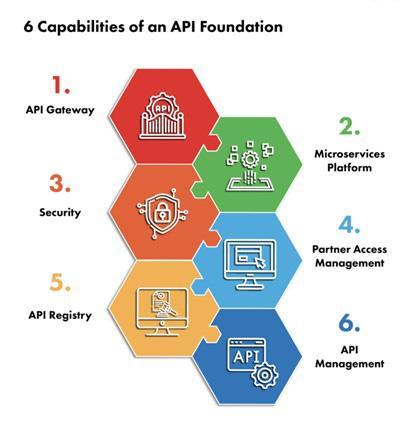
- What are the critical capabilities of a sustainable API foundation?
- How can I balance meeting immediate needs with a long-term plan to keep up with growth?
Critical Capabilities for an API Foundation

API Gateway: An API gateway is central to the foundation for partner integration. It plays the vital role of gatekeeper and protects the flow of data between internal systems and external partners. Positioned between the client and the Service Registry, the gateway provides encryption and access control to ensure the carrier’s data is secured. It also enforces data security policies, which becomes even more critical as the ecosystem of partner grows.
API Management: As APIs are created to support partner integration, API management will be necessary to manage the full lifecycle of APIs in a secure, reliable, and scalable environment. This includes the steps of creating, versioning, documenting, testing, validating, securing, decommissioning, and controlling the APIs. Having API management will also facilitate access to the APIs published to support partner channel activities. For firms investing in growing revenue through distribution channels, API management helps speed up partner onboarding and scaling the distribution partner strategy.
Security: When opening up internal systems to external partners, security is paramount and must be baked into the system right from the start to protect the company’s data. Having layers of security will help encrypt data, verify authentication, and authorize access—safeguarding APIs from attacks. Firms can employ several methods of security, depending on the use case. All the methods can be enforced via an API Gateway.
API Service Registry: With the integration of each partner, the number of APIs created will grow. Having a place to track what APIs are created, how they are used and by whom, and how they are performing will help firms maximize the value of their effort. An API service registry stores all pertinent information on each API service, including host, port, node name, and any relevant metadata. It monitors performance and usage patterns of all services to ensure compliance with internal standards and best practices, as well as regulatory mandates. That allows internal teams to focus on innovation and optimization rather than on day-to-day governance issues.
Partner Access Management: Before integrating with a partner, it is good to clearly define the kind of access each partner would need to support the business functions. Partner access should be planned out from the point of onboarding so that API developers can build out the necessary capability and functionality. This includes enrolling the partners as users, granting permissions, viewing and managing transactions, and providing API keys to invoke an API securely. Partner access management is essential to help streamline the onboarding process so that carriers can quickly start leveraging the new partner channel to drive revenue.
Microservices Platform: For faster development of APIs, easy deployment, and flexibility in scaling API usage, a microservices platform is key. A microservices platform offers an infrastructure in which enterprise applications deploy features or functionalities as a collection of small, individual, well-defined services/APIs instead of drawing on large components used in monolithic application architecture. This technological freedom helps accelerate time-to-market for delivering on the services that support the partner channel.
Tips to Build an API Foundation of the Future
- An API management tool to make it easier for the team to design, build, manage and monitor APIs
- Automation baked into the entire process to avoid any manual work required to expose the APIs
- Monitoring of all activity to ensure there is no security breach



